The experience of exploring new trails and conquering exciting peaks can be an awesome adventure for hikers. But often, the success of these journeys depends greatly on what we carry in our backpacks and the clothes we wear. That’s where packing light and dressing right come into play.
This blog will provide a comprehensive guide on decreasing your load without sacrificing your comfort and safety. We will also discuss how to dress appropriately for different hiking conditions. So, if you’re passionate about hiking and want to make your experiences as enjoyable as possible, this guide is for you.
Pack Light, Hike Simply — Hiking Outfit Selection
Weight plays a significant role in hiking. The lighter the pack, the longer you can hike without feeling exhausted. Here are some tips to lighten your load while ensuring you have all the essentials.
1. Determine Your Essentials
Clearly identify your needs for the trip. Does the length of your expedition require a cooking set? Are you hiking in bear country, hence necessitating a bear canister? By identifying your necessities, you can avoid carrying unnecessary gear.
2. Invest In Lightweight Gear
Nowadays, more and more hiking gear manufacturers focus on creating lightweight versions of their products without compromising their functionality. However, these versions can sometimes be more expensive, but the benefits of having a lighter pack make it worth every penny.

3. Optimize the Size of Consumables
Bring just the required amount of consumables like food, water, and fuel. This might require meticulous planning, such as measuring meals and only bringing the approximate amount of water needed.
Other Hiking Outfit Considerations
Layering is a hiker’s magic trick, allowing you to adapt and stay comfortable in any weather conditions thrown your way. Remember, hiking outfits aren’t just about the hiking boots; layers count too. Outfit planning is just as important as planning your hike. It’s about wearing the right gear at the right time, from your base wear right up to your sunglasses.
- Base Layer: This is your second skin – the material that will cling closest to your body. The primary role of this layer is to manage moisture. The ideal base wear will wick your sweat away, keeping you dry and preventing chills. Look for quick-drying materials like merino wool, which dries quickly and boasts incredible breathability. Perhaps you could consider lighter options like breathable hiking shirts or bras for a summer hiking trip.
- Insulating Layer: Moving up, your insulating layer is your outfit’s warming heart. It helps trap body heat to shield you from the cold. Your go-to “mid-layer” could be anything from a fleece jacket to hiking pants, but be sure to hunt for pieces that balance insulation and breathability. Again, merino wool shines in this capacity. It’s a hiker’s best friend when the weather turns colder.
- Outer Layer: We have the outer layer, your weather warrior. It defends you against the wind and rain, so ideally, you’re looking for waterproof and wind-resistant materials. Products like a waterproof hiking jacket or pants are perfect for a winter hike. In case of milder weather conditions, you could opt for a durable water-repellent layer that can withstand a spattering of rain but is also light enough for a day hike.

Pack light but pack right, ensuring your hiking trek is memorable for all the best reasons. On your next hike, start from the core and work your way up!
Hiking Clothes — Wearing Garments From Up TO Down
When it comes to assembling the best hiking outfit, lower garments are important, and choices can impact your hiking comfort and the entire hiking experience. With many outdoor clothing options out there, what should be your go-to when it comes to hiking shorts, pants, or leggings?
One of the first decisions you’ll have to make is pants vs. shorts. The verdict? It’s wholly weather and trail-dependent. Traditional hiking pants or leggings are versatile and offer protection against thorny trails or colder climates. Zipped versions can be converted into shorts if you experience warmer weather or want some air. Shorts are an excellent choice for hot weather trails, and they certainly weigh less. However, avoid cotton and opt for quick-drying fabrics when choosing your hiking shorts or pants.
Often overlooked but extremely essential are your undergarments. Opt for a good pair of breathable and quick-drying hiking underwear to prevent discomfort and keep you dry. Ladies, a supportive yet breathable sports bra can make a load of difference in your comfort levels throughout the trip.
Your wool socks are your feet’ best friend on a trail. Opt for merino wool variants that help regulate temperature, wick moisture, and reduce the development of unpleasant smells. High-quality, fitting wool hiking socks will cushion your heels and toes, reducing the risk of blisters. A spare pair might be a good idea in case the weather changes or you happen to pass through a watery trail.
Low-top hiking shoes are light, breathable, and adequate for less challenging trails. However, backpacking in rugged conditions may require the ankle support and durability that only solid hiking boots can provide.
In any hiking trip, appreciating the terrain means being prepared with the right clothes for hiking. This includes what you put on your lower half.
Choose The Best Shoes For Any Hiking Adventure
A comfortable and durable pair of hiking boots or shoes is the cornerstone of your hiking outfit. Your choice of footwear can make or break your hike, so picking the right one is vital. Let’s explore the options that every hiker should consider before setting out on a trek:
1. Trail Runners
The lightweight knights of the hiking world, trail runners prioritize agility and are perfect for hiking at a faster pace in well-trodden conditions. They offer breathability, dry quickly, and are ideal for summer hiking, where you won’t face overly rough terrain. Designed for a smoother stride, they’re great for day hikes but may lack adequate support for extended backpacking trips.
2. Hiking Shoes
A middle-of-the-road option, hiking shoes balance weight and protection. They sport a durable sole, are built with weather-resistant materials (think water-resistant or waterproof), and are suitable for various weather conditions.
Generally low-cut, they may provide better ankle mobility. However, be cautious when packing heavy loads as they might lack the support needed to prevent ankle injuries.
3. Hiking Boots
The workhorses of footwear hiking boots are built for the long haul, providing all-important ankle support and durability in a hearty design. They’re perfect for challenging terrain and extended backpacking excursions. They come in both mid-cut and high-cut styles, offering varying levels of support and protection. The trade-off involves weight, which can slow you down compared to lighter options.
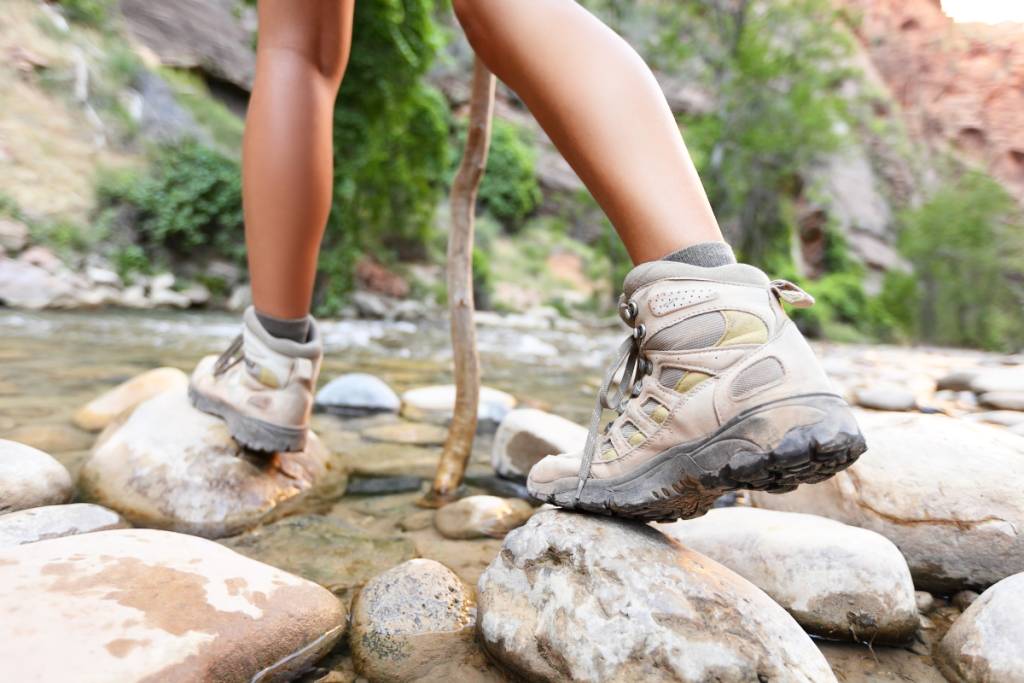
4. Sock Material
Equally important as your boots are your socks. Quality hiking socks, such as those made from merino wool, can prevent blister formation, wick moisture away from your feet, and help regulate temperature. By keeping your feet dry and well-supported, you’re safeguarding your hiking experience.
Check out The Rogue Traveler blog for more hiking tips!
Adding Final Touches — Accessories For Hiking
Don’t forget the finishing touches to complete your best hiking outfit: your hiking accessories. A well-considered accessory can make you equipped and comfortable, whatever the trail throws at you.
- Hat/Beanie: Opt for a wide-brimmed hat to shade your face and neck in hot weather, while a good beanie will keep you warm in cooler conditions. Adjustable caps also offer sun protection and are adaptable across different hiking weather conditions.
- Gloves: Depending on the weather, a pair of lightweight gloves can be a handy addition to your hiking gear. Thermal options are best for winter hiking, while thinner, breathable variants can provide protection from sunburn and prickly plants in warmer seasons.
- Sunglasses: Never underestimate the power of a good pair of sunglasses during your hiking trip. Look for polarized sunglasses that protect against harmful UV rays while offering clear vision.
- Buff/Neck Gaiter: Versatile and compact, a buff acts as a bandana, headband, hat, and scarf. It’s an excellent tool to keep you warm or protect your skin from the sun.

Your hiking attire is more than just an aesthetic statement; it’s the bedrock for a comfortable and exhilarating hiking experience. Thoroughly consider the environment you’ll be hiking in, from terrain to climate, and adjust your outfits accordingly.
Being a successful hiker is as much about intuition as it is about preparation. Knowing what to bring, how to pack, and how to dress can distinguish between a tiring trudge and a delightful adventure. Pack light and dress right, and you’ll be well-equipped for your next trek, wherever possible!
As you choose your hiking essentials, remember that the primary goal is to make the journey enjoyable and safe, regardless of whether you’ve been hiking for years or have just started. So gear up, get out there, and enjoy those trails!
You’ve got this – happy hiking!

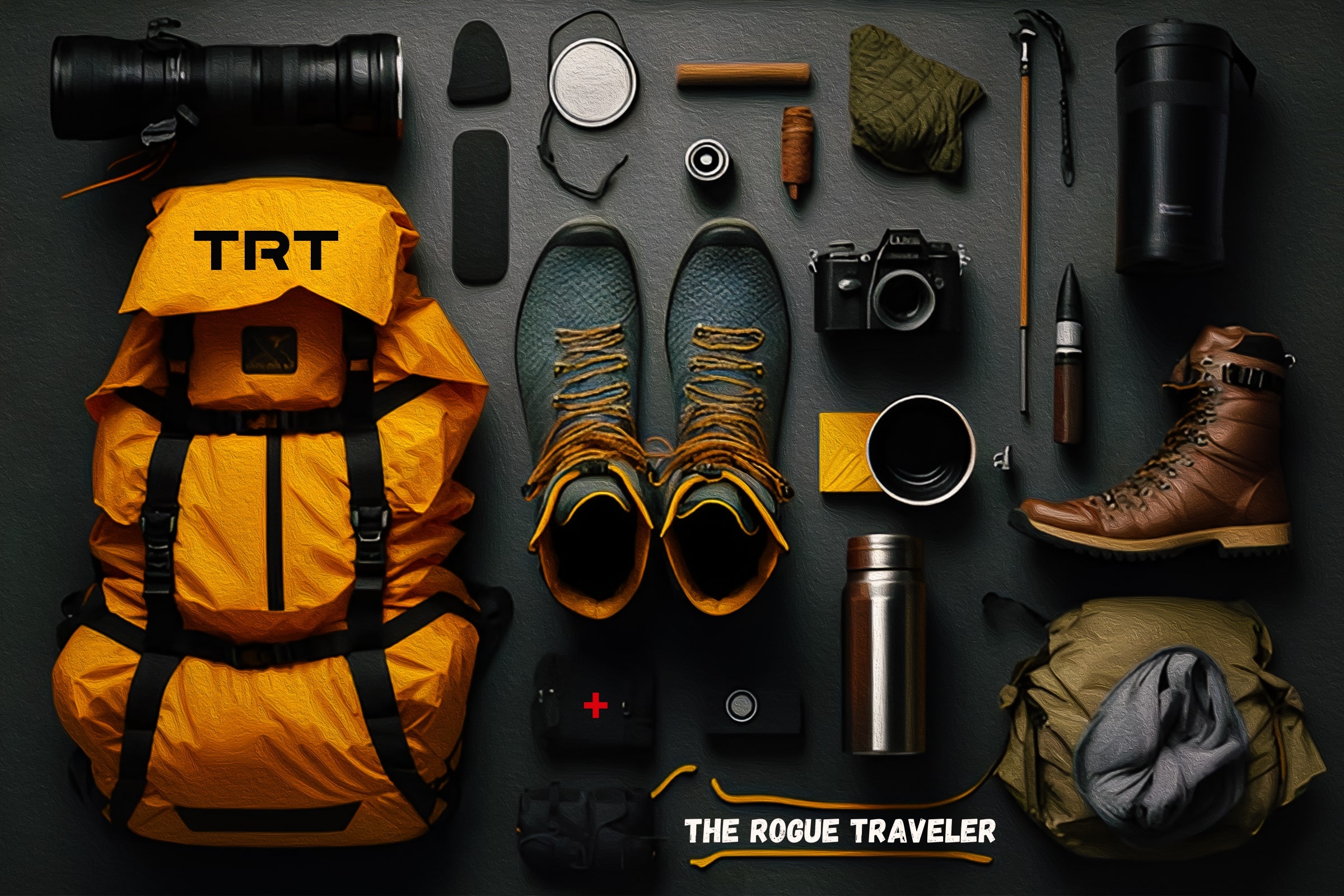
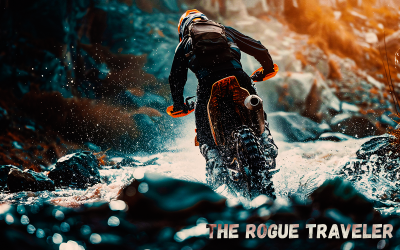
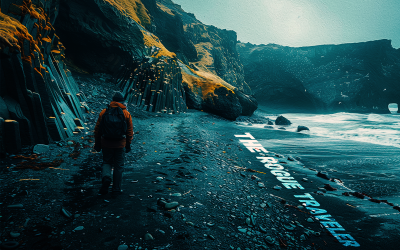
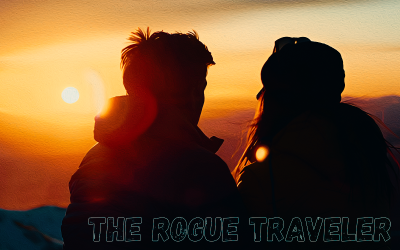
0 Comments